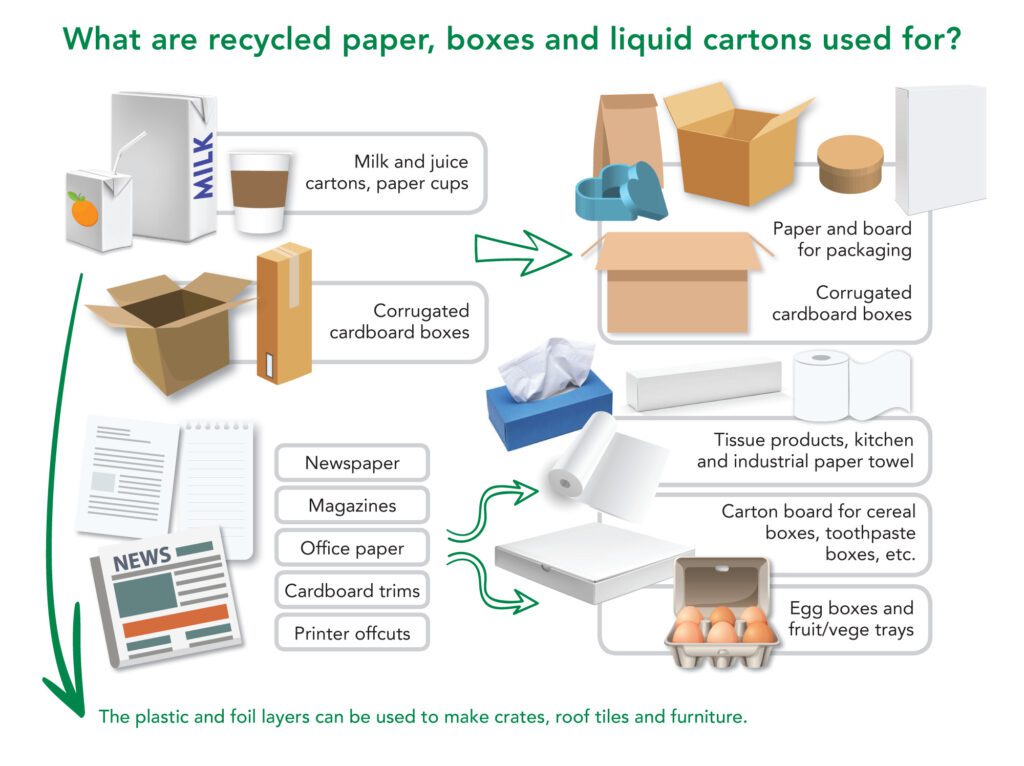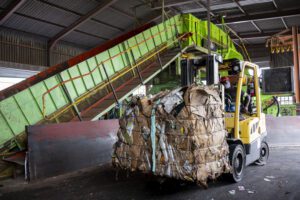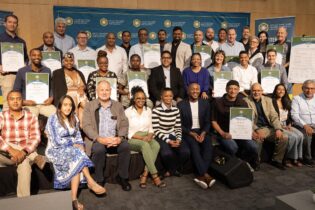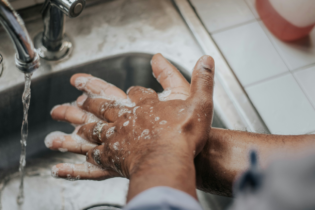In honour of Clean-Up and Recycle Week 2022, Fibre Circle, the producer responsibility organisation for the paper and paper packaging sector, calls on businesses and consumers to practise better separation at source, and turn “trash into treasure”.
In 2021, South Africans helped to recycle 1.15 million tonnes of paper and paper packaging. To put this figure into perspective: the bales of paper recovered in 2021 would stretch a distance of 1,357km if the bales were laid end to end – that’s Johannesburg to Cape Town! While South Africa has a thriving paper recycling economy, there is much more than can be done at a household, school and business level to turn waste into wealth, especially for informal waste collectors and small recycling businesses. Recyclables have a value – for the collectors, it is monetary. For paper, packaging and tissue manufacturers, old paper products are the ingredients for new products. There are many products that we touch or use every day that need to stay out of the rubbish bin and be kept separate for recycling. This is called separation-at-source – by keeping paper and paper packaging clean and dry, we maximise its potential for re-use and divert it from landfills. Separation-at-source starts with the small act of putting a paper-only bin or box in the kitchen, and filling it with your paper recycling. One tonne of recovered paper will save three cubic metres of landfill space – which is fast becoming scarce.

- Cardboard boxes
- Office paper
- Dry food packaging such as cereal boxes
- Pizza boxes and burger boxes – remove as much as food residue as possible
- Toilet roll cores
- Grocery delivery bags and take-away bags
- Milk and juice cartons (depending on the area)
- Paper-based soft drink and coffee cups (depending on the area)
- Food waste
- Nappies
- Tissues and toilet paper, paper towel
- Very dirty paper such as paper plates
- Laminated office paper








